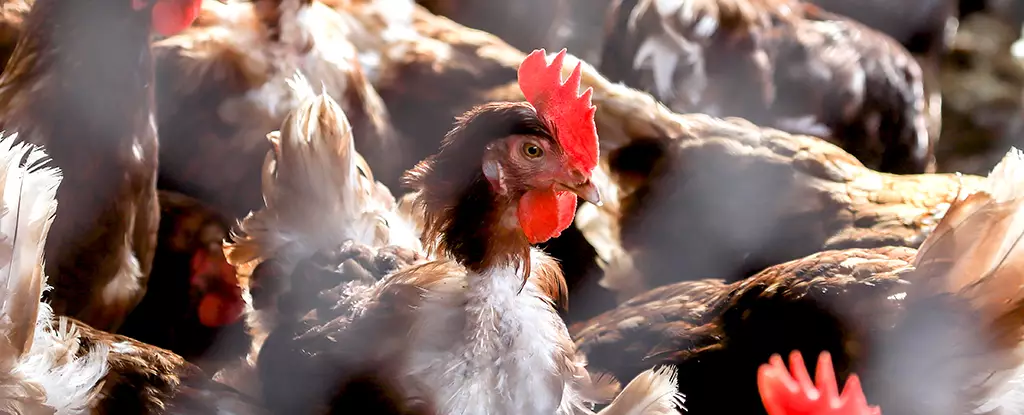With the recent reports of animal-to-human transmission of bird flu in the United States, concerns have been raised about the possibility of the virus adapting to spread from human to human. While there is currently no evidence to suggest that this is happening, health experts are closely monitoring the situation. A new study conducted by virologists Flavio Faccin and Daniel Perez from the University of Georgia has looked at the vaccines that are currently in development to protect against such a scenario.
According to Faccin and Perez, vaccination remains the primary defense against the spread of avian influenza viruses. While vaccines are not yet being produced on a mass scale, efforts are underway to perfect different types of drug protection that could be deployed quickly in the event of a human pandemic. The researchers emphasize the importance of exploring a diverse range of vaccine platforms to enhance pandemic preparedness and mitigate the threat of avian influenza viruses.
The study conducted by Faccin and Perez focused on several different types of bird flu vaccines, including inactivated vaccines and live attenuated influenza vaccines (LAIVs). Inactivated vaccines use dead versions of the virus to provide protection, while LAIVs use a weakened form of the virus to stimulate the immune system. Both types of vaccines have shown promising results in tests, including studies conducted on mice and monkeys infected with the H5N1 virus.
In addition to traditional vaccine types, Faccin and Perez also looked at newer vaccine technologies, such as virus-like particle (VLP) vaccines and messenger RNA (mRNA) vaccines. VLP vaccines mimic real viruses in a safe way, while mRNA vaccines use mRNA fragments to direct cells to produce proteins that match the targeted virus. Early results from trials with human participants have been encouraging, indicating the potential for these new technologies to play a key role in future vaccine development efforts.
While progress has been made in the development of bird flu vaccines, there is still much work to be done in terms of global collaboration and preparedness. The World Health Organization is actively working to ensure cooperation among different countries and agencies in the deployment of vaccines if needed. Faccin emphasizes the dual threat posed by the H5N1, H7N9, and H9N2 subtypes of avian influenza virus, highlighting the importance of addressing both the economic and public health concerns associated with these viruses.
While the potential for bird flu to adapt to human-to-human transmission remains a concern, ongoing research and vaccine development efforts offer hope for effective prevention and control measures. By continuing to explore a variety of vaccine platforms and technologies, as well as promoting global cooperation and preparedness, we can better protect against the threats posed by avian influenza viruses.


Leave a Reply